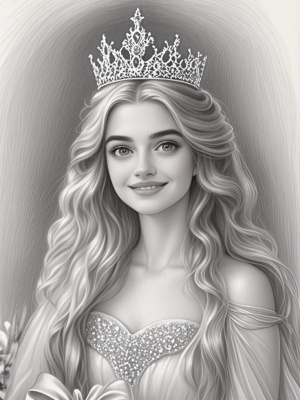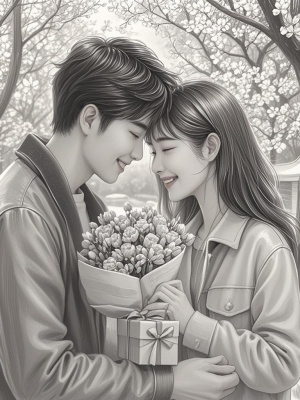The Art of Pencil Sketches of People: A Comprehensive Guide
Pencil sketches of people are a timeless form of artistic expression, capturing the essence of human emotions, features, and personalities with simple yet powerful strokes. Whether you're an aspiring artist or an art enthusiast, understanding the techniques and nuances of pencil sketches can elevate your appreciation for this classic medium. In this article, we'll explore the fundamentals, challenges, and solutions related to creating stunning pencil sketches of people.
Why Pencil Sketches of People Are Special
Pencil sketches have a unique charm that sets them apart from other art forms. The simplicity of graphite on paper allows for incredible detail and emotional depth. Unlike digital art or paintings, pencil sketches offer a raw, unfiltered connection between the artist and the subject. Many artists, including those featured in our gallery, use pencil sketches as a foundation for more complex works.
The Emotional Impact of Pencil Portraits
Pencil sketches of people often evoke strong emotions because they focus on the subject's essence rather than elaborate colors or backgrounds. The subtle shading and delicate lines can convey everything from joy to melancholy, making them perfect for capturing special moments like those in our wedding or family collections.
Common Challenges in Creating Pencil Sketches
While pencil sketches may seem straightforward, they come with their own set of challenges. Here are some common issues artists face and how to overcome them:
- Proportion and Anatomy: Getting facial features and body proportions right is crucial. Practice with reference images and study human anatomy.
- Shading Techniques: Mastering light and shadow can make or break a sketch. Experiment with different pencil grades (HB, 2B, 4B, etc.) to achieve varying tones.
- Texture and Detail: Capturing textures like hair, skin, and clothing requires patience and precision. Use fine lines and cross-hatching for realistic effects.
Problem-Solution Matrix for Pencil Sketches
Below is a quick reference table for common problems and their solutions:
| Problem | Solution |
|---|---|
| Flat or lifeless sketches | Focus on contrast and dynamic shading |
| Inaccurate proportions | Use grid methods or reference lines |
| Overworked details | Step back periodically to assess the overall composition |
Tools and Techniques for Perfect Pencil Sketches
To create exceptional pencil sketches of people, you'll need the right tools and techniques. Here’s what every artist should have in their toolkit:
- Quality Pencils: Invest in a range of graphite pencils (from 6H to 8B) for versatility.
- Paper Choice: Smooth paper works well for fine details, while textured paper adds depth to shading.
- Blending Tools: Use blending stumps or tissues to smooth out gradients.
- Erasers: Kneaded erasers are perfect for lifting graphite without damaging the paper.
Step-by-Step Guide to Sketching a Portrait
Follow these steps to create a realistic pencil sketch of a person:
- Start with a light outline of the head and basic features.
- Block in the major shadows and highlights.
- Refine the details, focusing on the eyes, nose, and mouth.
- Add texture to hair and clothing.
- Finalize the sketch by enhancing contrasts and cleaning up edges.

Conclusion: The Timeless Appeal of Pencil Sketches
Pencil sketches of people remain one of the most intimate and expressive forms of art. Whether you're creating a portrait for a loved one or honing your skills as an artist, mastering pencil techniques can open up a world of creative possibilities. For more inspiration, explore our blog, where we share tips on everything from AI photo restoration to traditional art methods.
Remember, the key to great pencil sketches lies in practice, patience, and a deep appreciation for the human form. Happy sketching!
